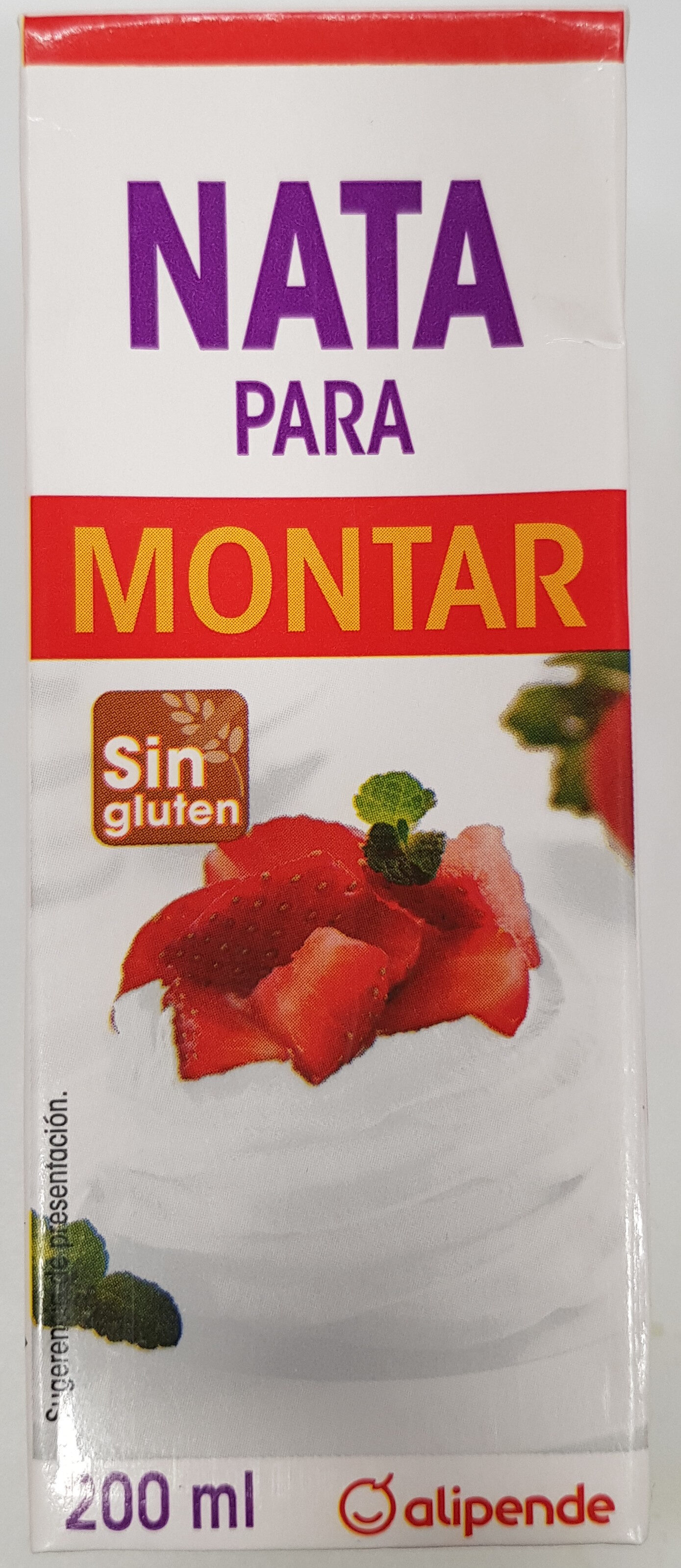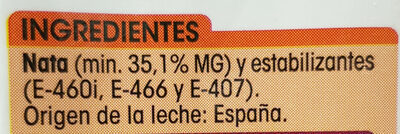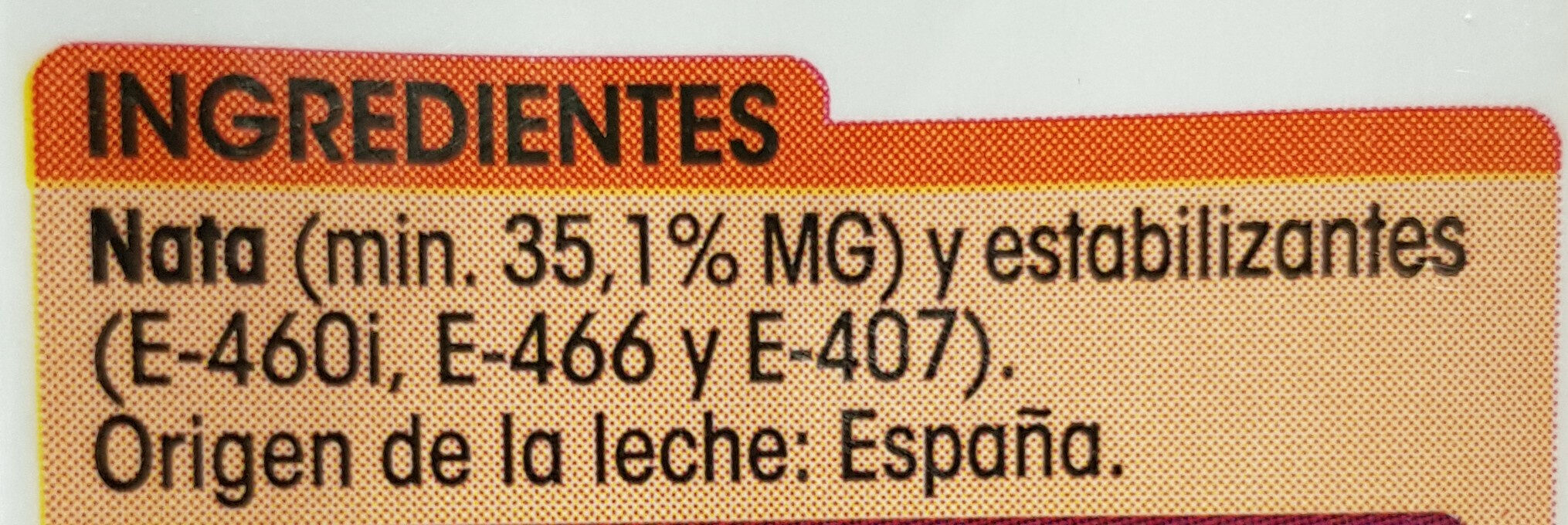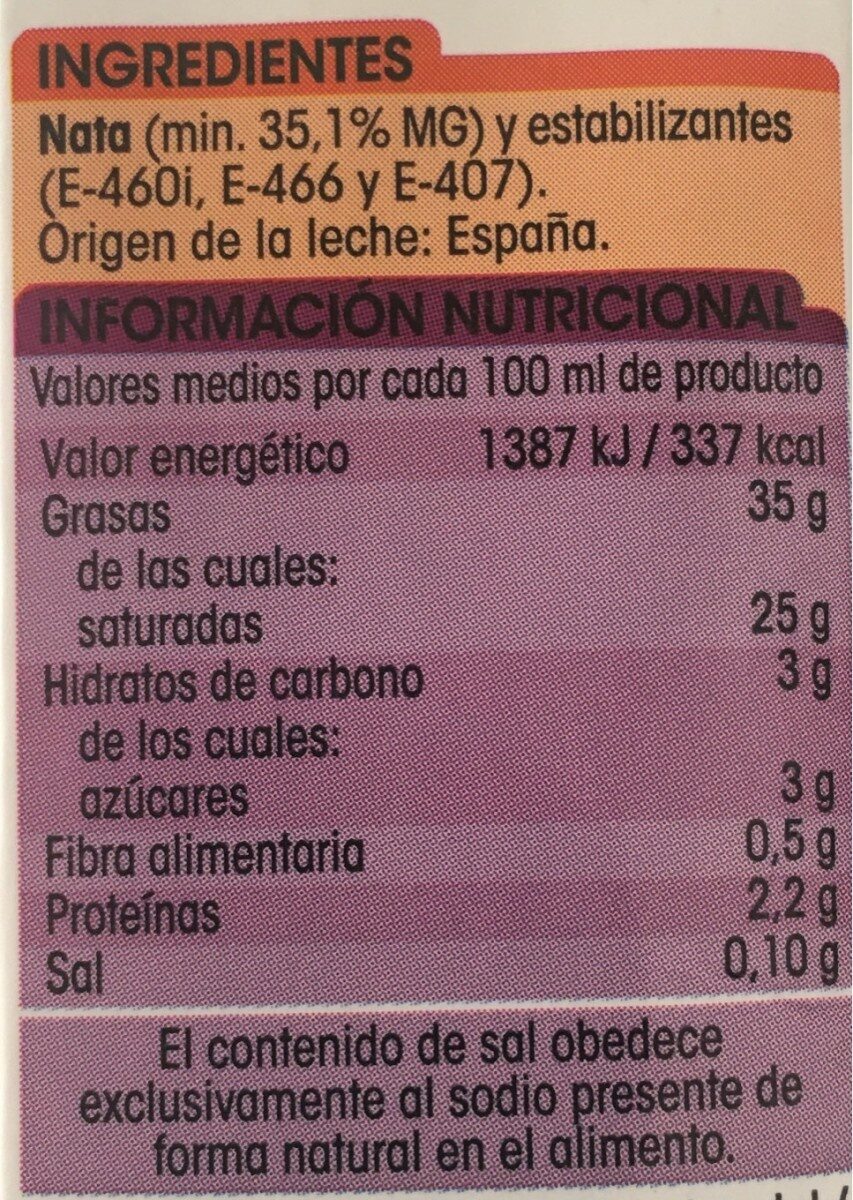Nata para montar - Alipende - 200 ml
Aquesta pàgina del producte no està completa. Podeu ajudar a completar-la editant-la i afegint-hi més dades a partir de les fotos ja disponibles, o fent-ne més amb l'aplicació de androide o iPhone / iPad. Gràcies!
×
Codi de barres: 8421691672734 (EAN / EAN-13)
Quantitat: 200 ml
Empaquetament: Tetra Pak, es:FSC C014047, es:FSC Mixto
Marques: Alipende
Categories: Productes làctics, Cremes
Etiquetes, certificacions, premis: Lliure de gluten
Origen dels ingredients: Espanya
Llocs de fabricació o processament: Madrid, España
Codi de traçabilitat: ES 15.0000002/GR CE
Botigues: Ahorramás
Països on es va vendre: Espanya
Matching with your preferences
Entorn
Petjada de carboni
Empaquetament
Transport
Report a problem
Fonts de dades
Producte afegit per marcosgdf
Última modificació de la pàgina del producte per packbot.
La pàgina del producte, també editada per alexrios, kiliweb, openfoodfacts-contributors, yuka.BrJlE-XUEM8PBMTPz6wU1xfiH8HyLO9hEWQyog, yuka.ZnBJckU2c0NoOU1qbmZZM3hpN3Y0b0p6eTQyaWZXcWxNdlk2SUE9PQ.










